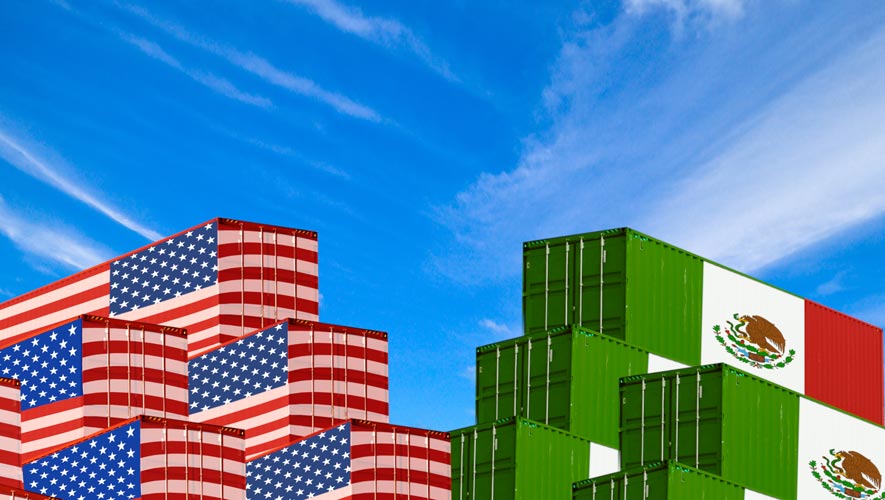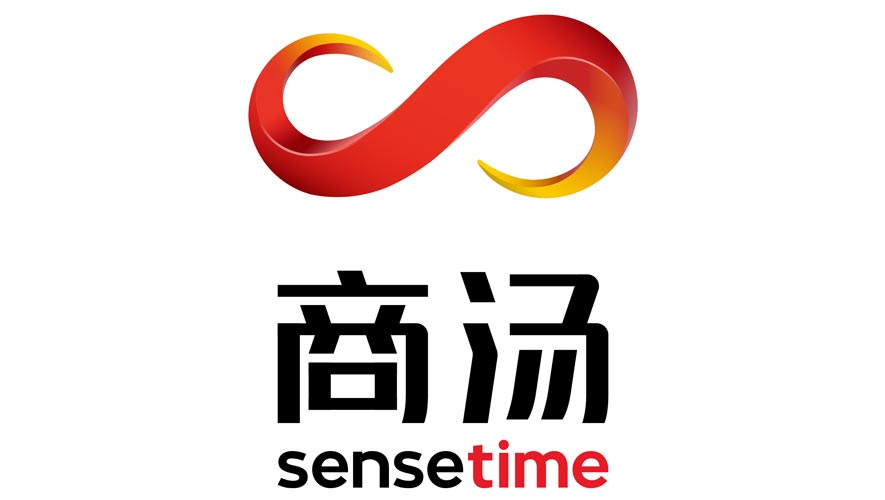Jurisdictional challenge is greatest barrier to content theft
For the latest Cambodian Business news, visit Khmer Times Business
They distort the marketplace, lead to revenue loss and undermine consumer safety. A robust policy is needed.
One of the greatest difficulties in tackling content theft and piracy is the jurisdictional challenge. While laws have national boundaries, piracy is a global beast
E-commerce in India has seen phenomenal growth over the years – from $39 billion in 2017, it is projected to rise to $200 billion by 2026. This comes in the wake of deepening penetration of the internet and mobile phones.
There has been a steady expansion of online offerings – electronics, apparel, travel, movies, medicine, hotel reservations, books, matrimonial services, cosmetics, footwear, fashion accessories and groceries.
The liberal Foreign Direct Investment (FDI) policy, through which 100 percent business-to-business transactions are allowed, is also fuelling the growth of this market.
This growth, however, comes with challenges.
Counterfeiting and pirated goods continue to distort the virtual marketplace.
E-commerce sites are regularly being used as common platforms for the sale of counterfeit goods.
Whether it is online or offline, the dangers are legitimate market loss and the occupation of economic space by unauthorised and grey market operators, causing loss of revenue to the government, loss of jobs, threat to consumer safety, and growth of organised crime.
While technology offers several solutions to authenticate the original product, the same technological tools, particularly artificial intelligence, help create clones.
This makes it more difficult to distinguish between the original and the fake. Moreover, when e-commerce players and brand owners get embroiled in disputes, it is the counterfeiters who reap the benefits.
What is needed is constant upgrading and innovation to stay ahead of the counterfeiters. Therefore, it is important that we have regulations for e-commerce.
A big step has been taken by the government in bringing in the draft e-commerce policy, which has indicated clear guidelines on the expectations from brand owners and e-commerce players.
It is the first time that a government document has listed concrete steps for combating counterfeiting.
It categorically states that the details of sellers should be made available on a marketplace website for all products and that sellers must provide an undertaking to the platforms about the genuineness of their products.
Also, trademark owners should be given the option to register with an e-commerce platform so that wherever a trademark product is uploaded for sale on the platform, it should notify the respective trademark owner.
If the trademark owner desires, the e-commerce platform can only list or offer for sale any of the owner’s products only with prior permission.
In the case of a complaint, the matter should be brought to the notice of the trademark owner, the product withdrawn and the site blocked. Additionally, in the case of a customer complaint of counterfeiting after the sale, compensation will be paid and financial disincentives imposed on the seller found dealing in counterfeit products.
Unlike the problem of physical piracy and counterfeiting, the piracy of content is easy and damaging.
It is easy because the content of the original product is retransmitted and, therefore, there is no new creation, no infrastructure is required, no money is invested in creating content and the same content of the same quality is made available to everyone free.
The majority of copyright infringement is done through illegal reproduction of journals, magazines and books, video piracy, cable piracy, and imitation and distribution of computer programmes without the permission of the original copyright holders.
Leading industries in the online space have taken measures such as 24/7 content monitoring, takedowns and filing criminal cases.
But this is not enough. For example, the film and television industry contributed a total of Rs 33.3 billion (about $467 million) to the economy and supported more than 2.36 million jobs in 2017.
However, piracy remains a growing threat to this industry. Online copyright theft is a criminal enterprise that also affects consumers and is susceptible to malware, identity theft and ransomware.
A 2016 study, analysing 1,143 pirating sites popular in India, found that large and medium pirate sites earned revenues of about Rs 4 million and Rs 2 million respectively, and 361 advertisers on such sites were found to be in the high-risk category.
Recently, it was found that a wi-fi-enabled box is available in the market for about Rs 1,000-5,000 which uses the keys of a distribution platform to transmit all the television channels of Indian broadcasters.
Unfortunately, there is no mechanism in India where one can track down and block the last-mile subscriber whose box is being used for piracy.
One of the greatest difficulties in tackling content theft and piracy is the jurisdictional challenge. While laws have national boundaries, piracy is a global beast.
One can sit on a non-compliant jurisdiction, upload content, and make it available throughout the world.
Indian laws will not be applicable in this case. Therefore, nothing can be done against the pirate. There is also no mechanism in India which prepares a list of websites that are infringing on content or physical goods.
Although the guidelines list steps for online counterfeiting and anti-piracy, it is evident that there is a need for greater collaboration between the stakeholders as well as better regulation from the government.
The Indian Intellectual Property Rights (IPR) policy, which was released in 2016, emphasised strengthening, enforcement and adjudication to combat piracy and counterfeiting.
It further stated that best practices need to be followed, technological tools and training of enforcement agencies need to be undertaken, the judiciary needs to be strengthened and more commercial courts opened to deal with the intricacies of IPRs, and to ascertain the extent of counterfeiting and piracy to win the war.
Narendra Sabharwal is former deputy director general, World Intellectual Property Organization, think tank member, FICCI CASCADE, and chairman, FICCI – IP Committee. HINDUSTAN TIMES




